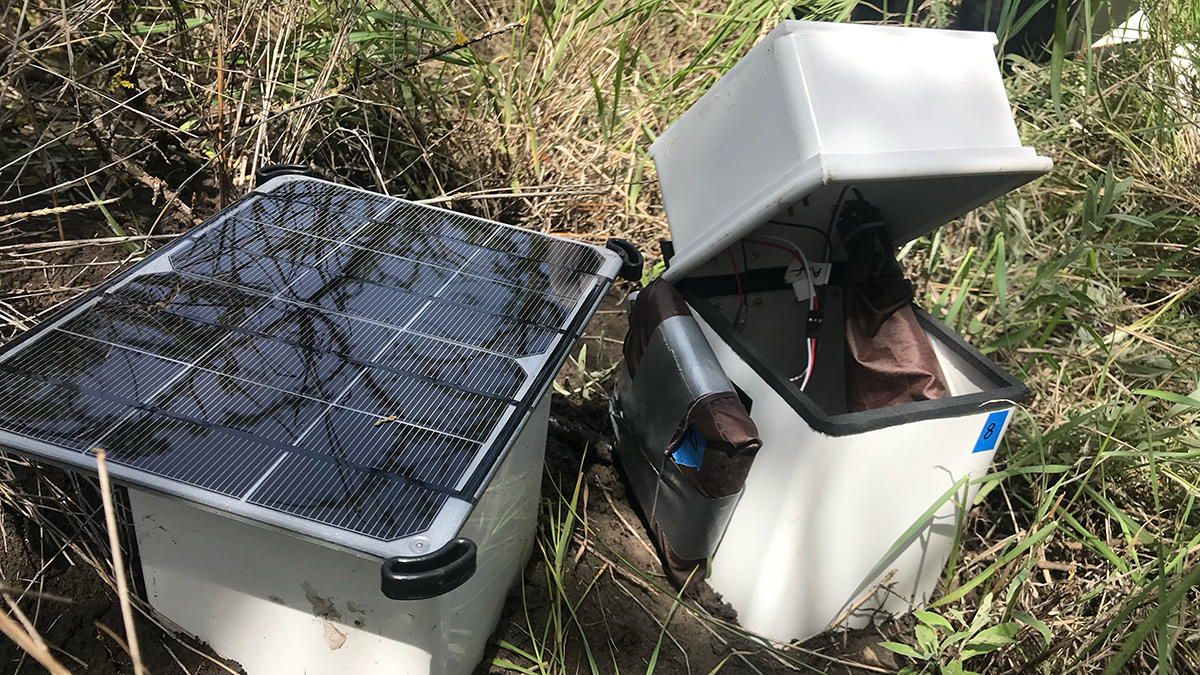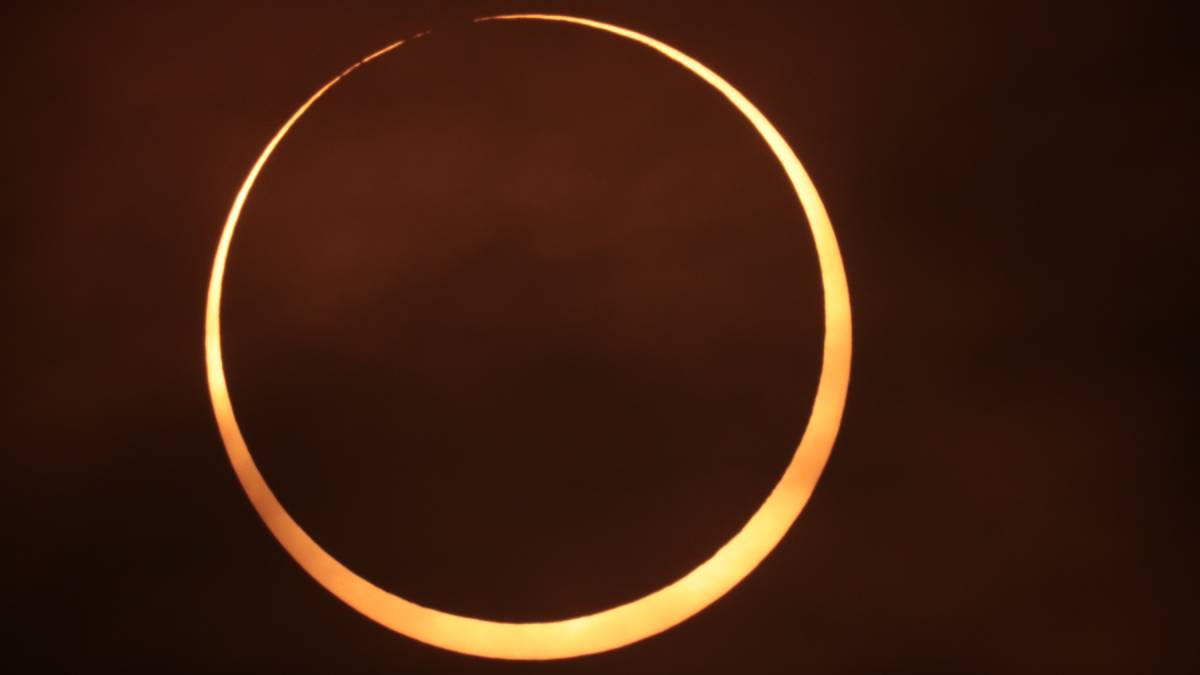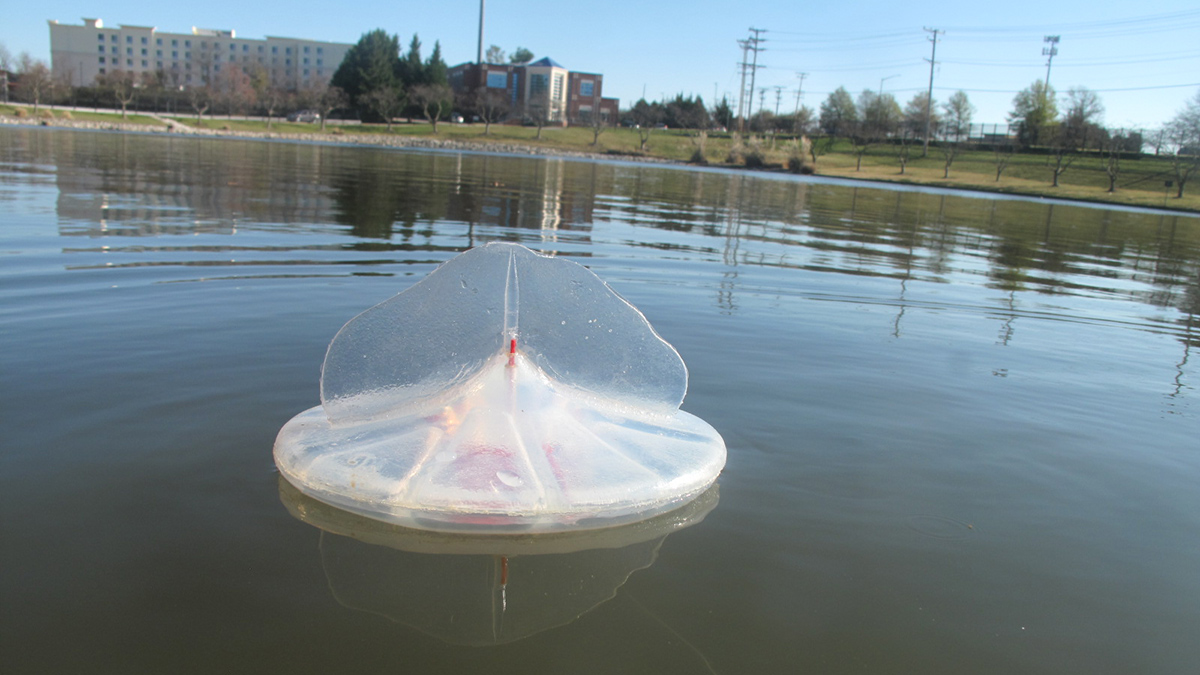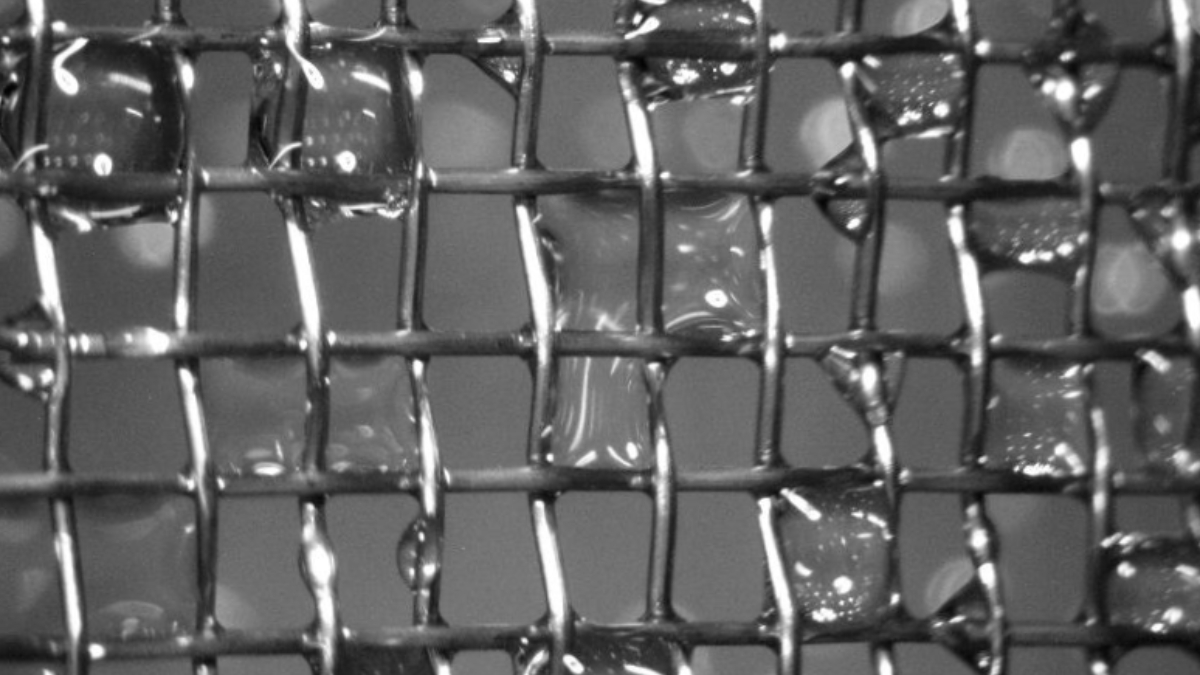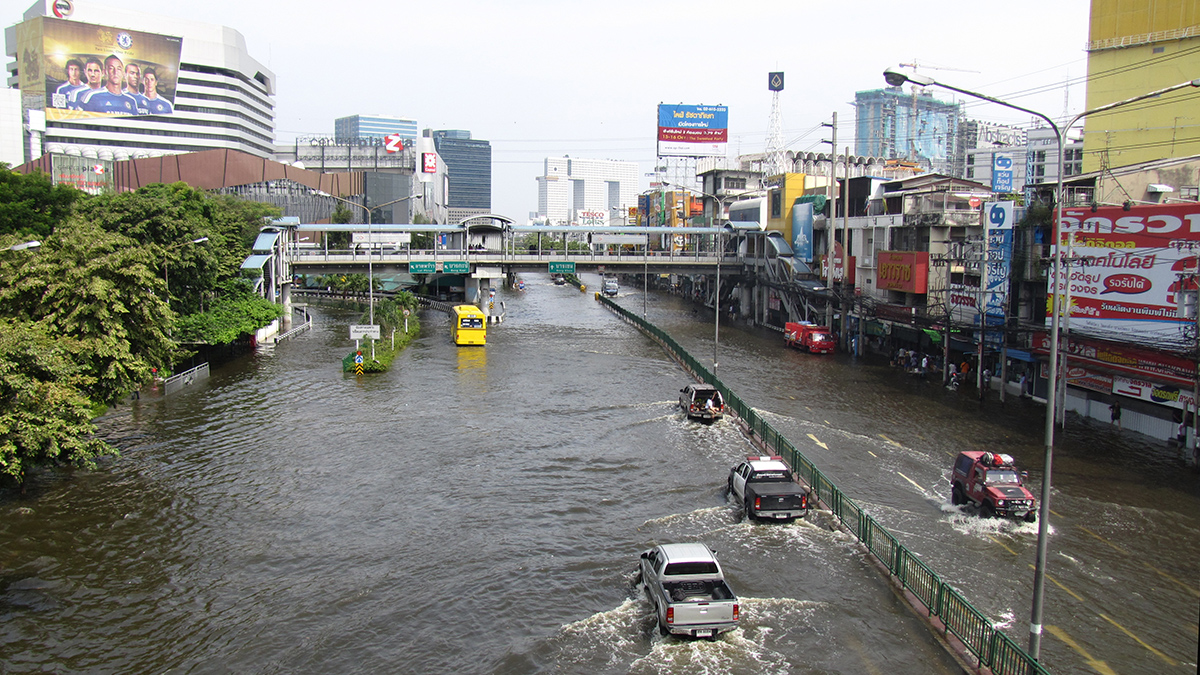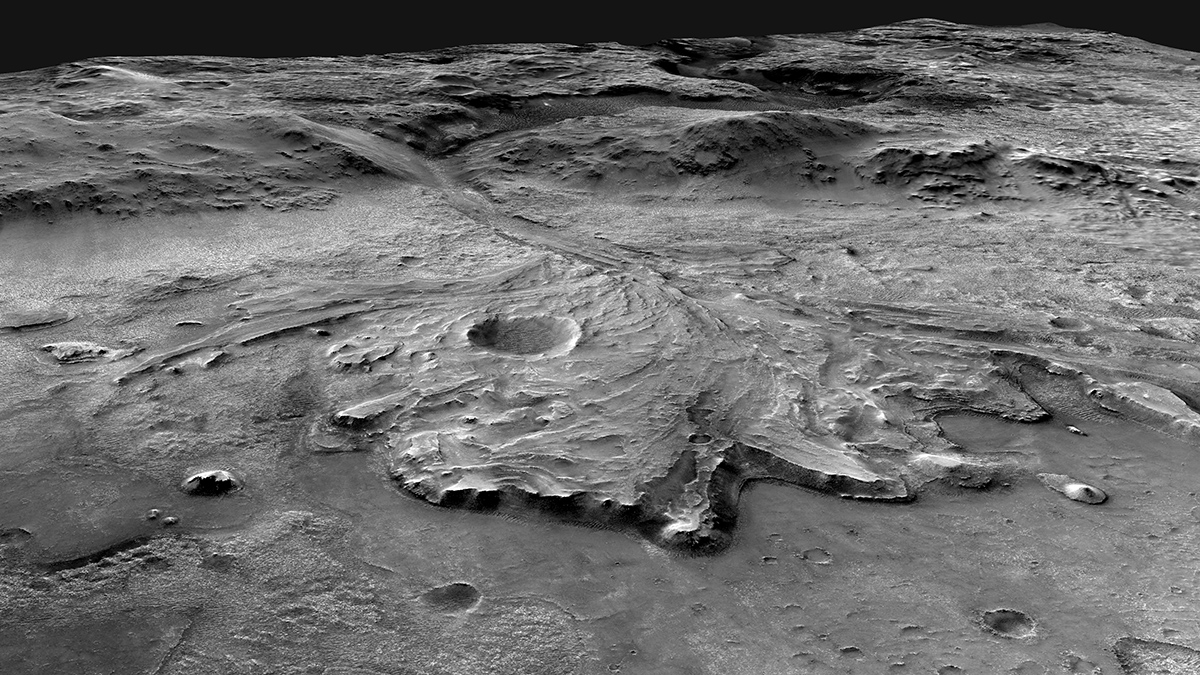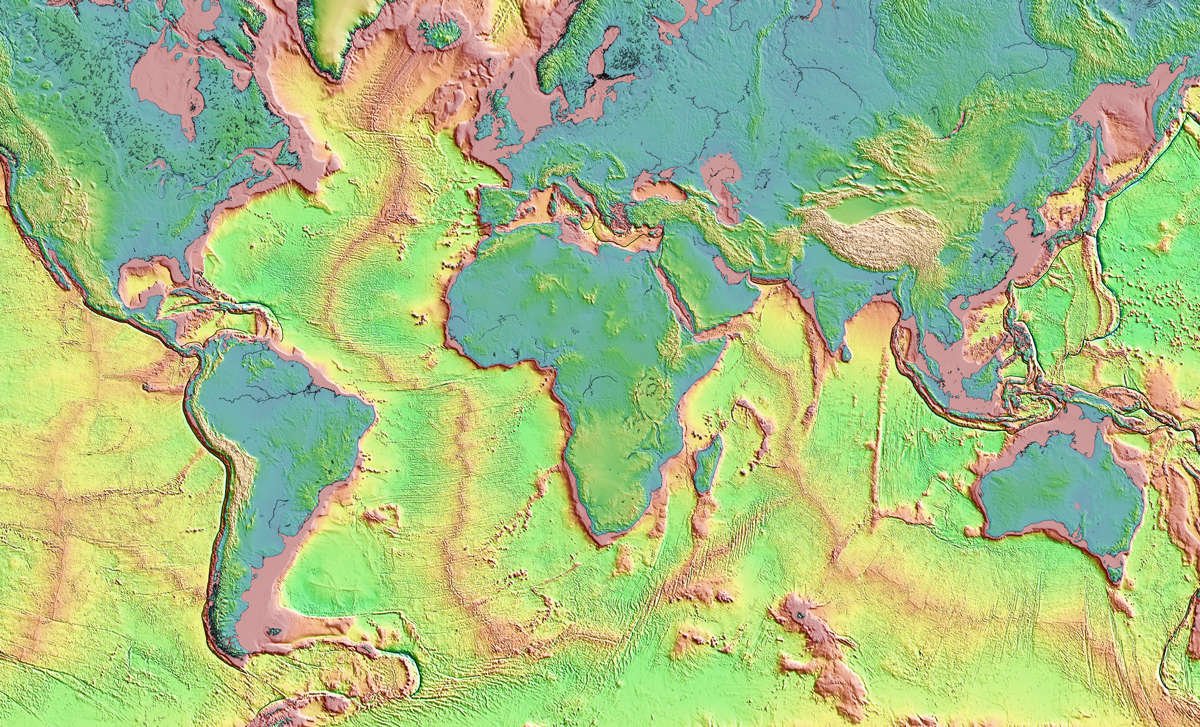Measuring soil carbon flux, also known as soil respiration, can be expensive or time-consuming. A set of affordable robots that gather these data autonomously could especially benefit the Global South.
cool tools
Ham Radios Crowdsourced Ionospheric Science During Eclipse
Amateur radio operators who study space physics and the upper atmosphere probed the ionosphere’s response to the 2023 annular solar eclipse using shortwave transmissions.
Biodegradable Sensors Could Explore the Seas More Sustainably
Researchers are developing environmentally friendly instruments to monitor the oceans.
Machine Learning Provides a Clearer Window into Ocean Motion
A new method could translate satellite information about sea surface heights into insights on current, heat flow, and—ultimately—climate change.
James Webb Space Telescope Captures Saturn’s Changing Seasons
Unprecedented images reveal how Saturn’s atmosphere is evolving as summertime winds down in its northern hemisphere.
Low-Tech, Energy-Free Tool Collects and Cleans Fog Water
A new fog harvester could benefit communities that lack access to clean freshwater.
How to Address Publication Overload in Environmental Science
Combining traditional human-curated syntheses of scientific research with the search and visualization tools of artificial intelligence could guide researchers through avalanches of publications.
Paleostorm Chasers Test a New Detection Tool
A method typically used to date sediments shows promise for documenting tropical storms through history—information needed for future projections of storm activity.
Optimizing Carbonate Classification on Mars
Combining data from several of the Perseverance rover’s spectroscopic sensors offers a more accurate means to classify carbonate minerals that may hold hints of ancient life.
A New, Underground Atlas of Subduction Zones
Submap merges graphic design with geodynamics, providing a fast, free, and user-friendly resource to map subduction zones.

